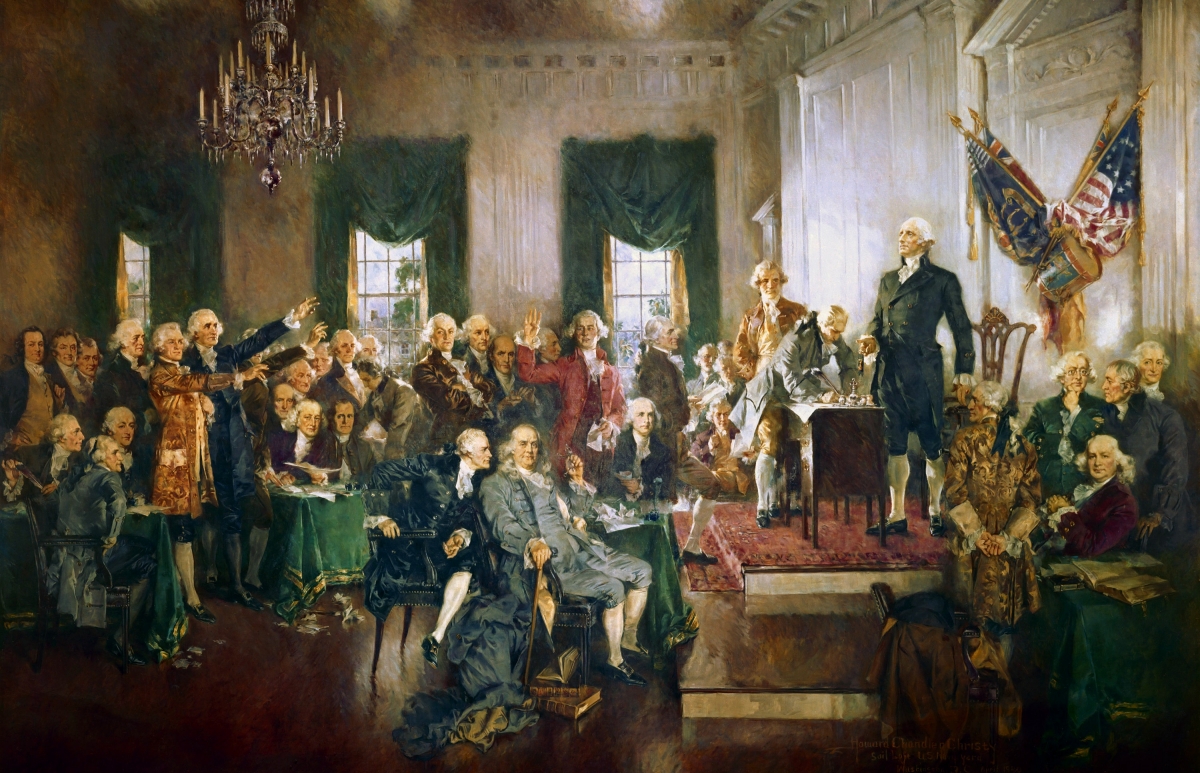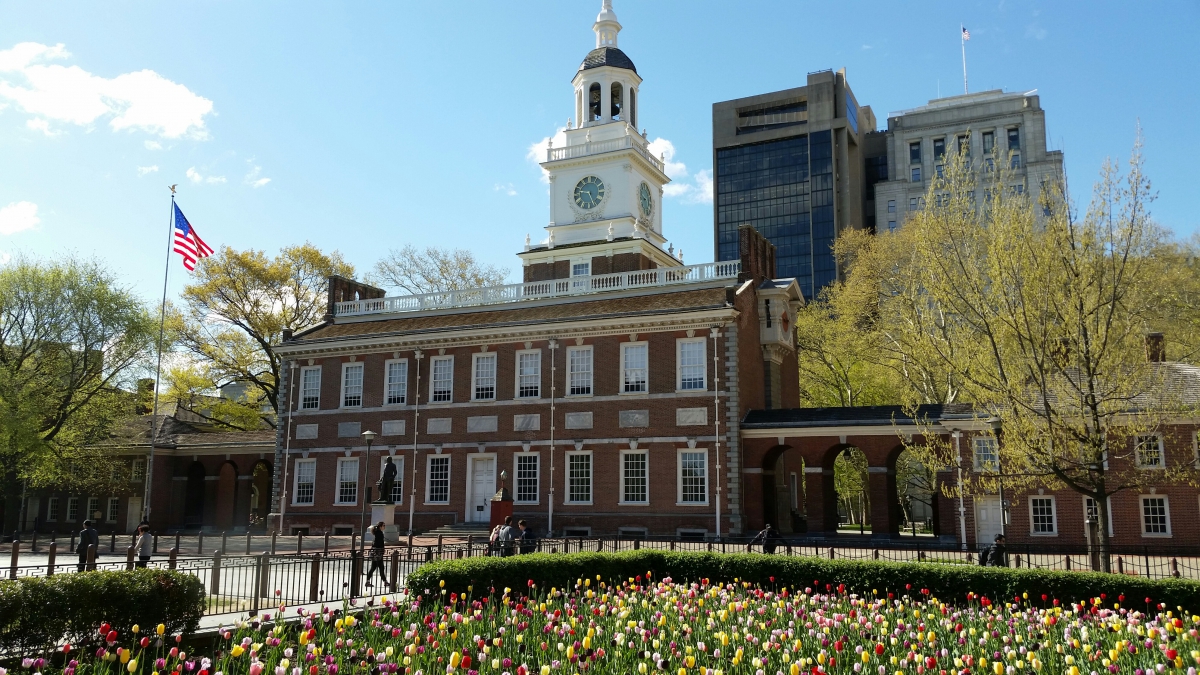The Constitutional Convention
Related Posts
- Buy Tickets for The Constitutional Walking Tour of Philadelphia – See 20+ Sites on a Primary Overview of Independence Park, including the Liberty Bell and Independence Hall
- History of Independence Hall - Meeting Place of the Second Continental Congress and The Constitutional Convention
- Independence Hall Tickets & Visitor Guide
- Liberty Bell Tickets & Visitor Guide
- American Freedom Essay Contest
- National Constitution Center
- Constitution of the United States
Overview
Dates: May 25, 1787 to September 17, 1787
Location: Independence Hall in Philadelphia
From May 25, 1787 to September 17, 1787, the Constitutional Convention met at Independence Hall in Philadelphia to draft, debate and sign the Constitution of the United States. The Constitutional Convention addressed the challenges of the weak central government of the United States of America that existed under the Articles of Confederation. In attempting to resolve various issues with the Articles of Confederation, the Founding Fathers and Framers of the Constitution created a form of government that relied upon a system of "checks and balances" by allocating Federal authority between the Legislative, Judicial and Executive branches of government.
The End of American Revolutionary War
More than eight years after the Battles of Lexington and Concord were fought in Massachusetts on April 19, 1775, The Treaty of Paris was signed in Paris, France on September 3, 1783. The Treaty of Paris officially ended the American Revolutionary War and established the United States of America as free, sovereign, and independent states. However, there was little time for celebration since the United States proved to not be as united as its' new name implied. During the American Revolution, the thirteen different Colonies had united as one against a common enemy in Great Britain, but with Britain out of the way, the Colonies quickly began to turn on one another. Disputes regarding state boundaries, war debt, taxes, toll roads, foreign policy and just about anything else you could imagine rocked the new nation.
It quickly became apparent that the Confederation Government established by the Articles of Confederation was completely inadequate in governing the United States and managing these and other emerging disputes among the states. The Confederation government had no power to tax, and thus it was poorly funded. Additionally, it governed based on the unanimous vote of the thirteen states which meant that the Articles of Confederation could not be amended if even just one state opposed the change.
With little power to govern, the U.S. Government faced disputes among the states. These conflicts began to grow out of control and revolts and rebellions broke out. Less than five years after America gained its hard-fought Independence, its' Founding Fathers were already worried that the country was falling apart. It was decided that a change was needed to be made, and that there should be a Constitutional Convention in Philadelphia to discuss possible improvements to the Articles of Confederation.
Another Historic Meeting at Independence Hall in Philadelphia
The Constitutional Convention began on May 25, 1787 and met inside of Independence Hall in Philadelphia. Independence Hall is known as America's Birthplace because The Declaration of Independence was adopted in this hallowed hall on July 4, 1776, America’s Birthday. The Liberty Bell once hung in the belltower of Independence Hall.
In what amounted to the least controversial debate to come before the Convention, George Washington was quickly and unanimously voted to be the President of the Convention. From that point forward though, it would be very difficult for the men assembled to reach consensus on just about any topic.
Rather than just amend the Articles of Confederation, James Madison proposed that the Articles of Confederation should instead be discarded and an entirely new system of governance created. The eventual decision to move forward with creating a new system of governance and to disregard their original goal to fix the Articles of Confederation immediately caused controversy.
John Lansing, Jr. and Robert Yates of New York protested that the Constitutional Convention was greatly exceeding its authority and left Philadelphia after six weeks. This left Alexander Hamilton as the only remaining New York delegate and as a state was required at least three delegates present to vote on the proposals, New York could not participate in the votes that shaped the United States Constitution.
New York was not the only state that did not fully participate in the Constitutional Convention. In fact, Rhode Island, fearing that their rights would be steamrolled by the larger states at the Convention, refused to even participate and did not send any delegates to Philadelphia in 1787.
Those who remained assembled in Philadelphia agreed that the proceedings should be closed to the public and despite the terrible heat and humidity of a Philadelphia summer, all of doors and windows at Independence Hall were closed tight throughout the entirety of the Constitutional Convention. With these initial decisions out of the way, the delegates who remained in Philadelphia then began the seemingly impossible task of reaching a compromise that would satisfy all the states.
The Virginia Plan by James Madison
James Madison had arrived in Philadelphia long before the beginning of the Constitutional Convention and quickly began working out the details for his own plan for a new system of American Government. Madison quickly gained the support of his fellow Virginians and shared his work with the Pennsylvania delegates who were already in Philadelphia, and Madison was able to win their support for his plan as well. Before the Constitutional Convention had commenced, the two largest states in the Union -- Virginia and Pennsylvania -- had already united in support of Madison’s Plan which became known as the Virginia Plan. The delegates from Virginia and Pennsylvania represented a powerful voting block that would carry enormous sway throughout the Convention.
When the rest of the delegates to the Constitutional Convention arrived in Philadelphia, they approved of many of the aspects of The Virginia Plan. The Virginia Plan called for three separate branches of government, an Executive Branch headed by a President, a Legislative Branch that consisted of two houses, and a Judicial Branch. These aspects of the Virginia Plan were never seriously challenged in the Constitutional Convention, and one will recognize them as foundational parts of the United States Constitution that still governs the country to this day.
Even without much disagreement on the major aspects of the Virginia Plan, the details as to how this plan would be implemented caused many major disagreements. The aspect of the Virginia Plan that was most controversial was Madison's call for both houses of the Legislative Branch to be appointed proportionally in terms of population, which would give the larger states considerably more governing power.
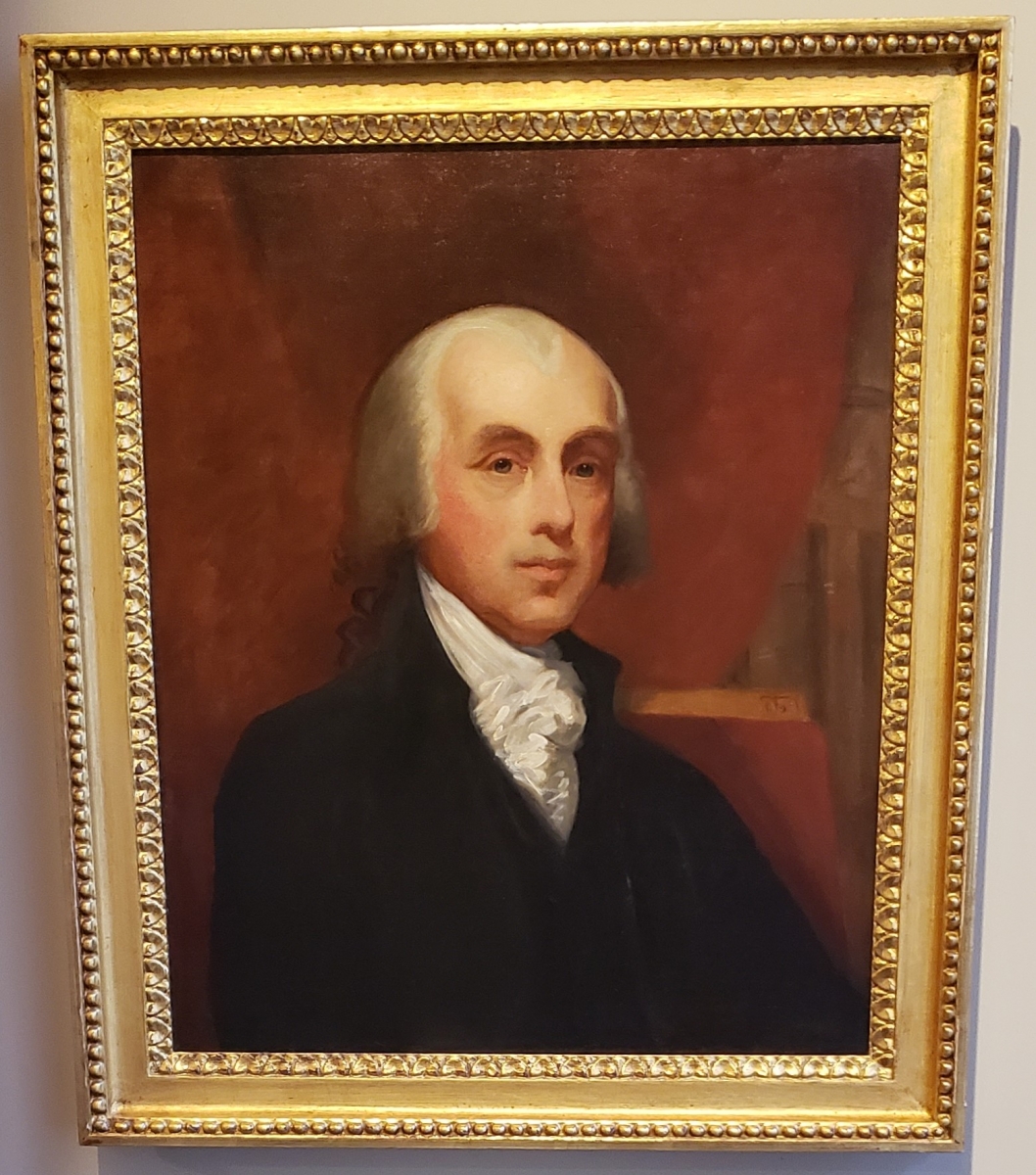
The New Jersey Plan by William Patterson
William Patterson of New Jersey responded to the Virginia Plan with a proposal of his own which came to be known as the New Jersey Plan. Patterson's plan was to keep the Articles of Confederation in place and make several amendments to them in order to incorporate the most popular aspects of the Virginia Plan. The Articles of Confederation would be updated to include an Executive Branch and a Supreme Court where members were appointed for life, just as the Virginia Plan called for, but the Continental Congress would remain in place, as the Legislative Branch where all states had equal representation regardless of population.
The Hamilton Plan by Alexander Hamilton
Sensing an unavoidable clash between small states and large states, Alexander Hamilton proposed a third plan -- the Hamilton Plan -- that would avoid the issue of state power being a function of size by removing the states from the equation. In the Hamilton Plan, state sovereignty would cease to be and all states would be consolidated into a single nation. But the states were unwilling to give up their sovereignty and also criticized the Hamilton Plan for including a chief executive who would be voted to serve for life as bearing too much resemblance to a king. In essence, many felt that Hamilton’s whole system too closely resembled the British system that they had just declared independence from in the Revolution.
The Connecticut Compromise Plan by Roger Sherman
The Connecticut Compromise was proposed by Roger Sherman as an attempt to bridge the divide between the large and small states.The Connecticut Compromise was very similar to the Virginia Plan, but whereas Madison’s Virginia Plan called for the upper house of the legislative branch to be appointed proportionally, Sherman’s Connecticut Compromise Plan called for each state to have two representatives in the upper house. This would give every state, no matter how large or small population wise, equal representation in the upper house. But Sherman retained Madison’s idea for the appointment of representatives to the lower house to be proportionally based on a state's population. Larger states would have extra power in the lower house, but all states equal power in the upper house. The compromise was successful, but even with this critical debate settled, there were still many issues left to resolve before an agreement could be reached at the Constitutional Convention.
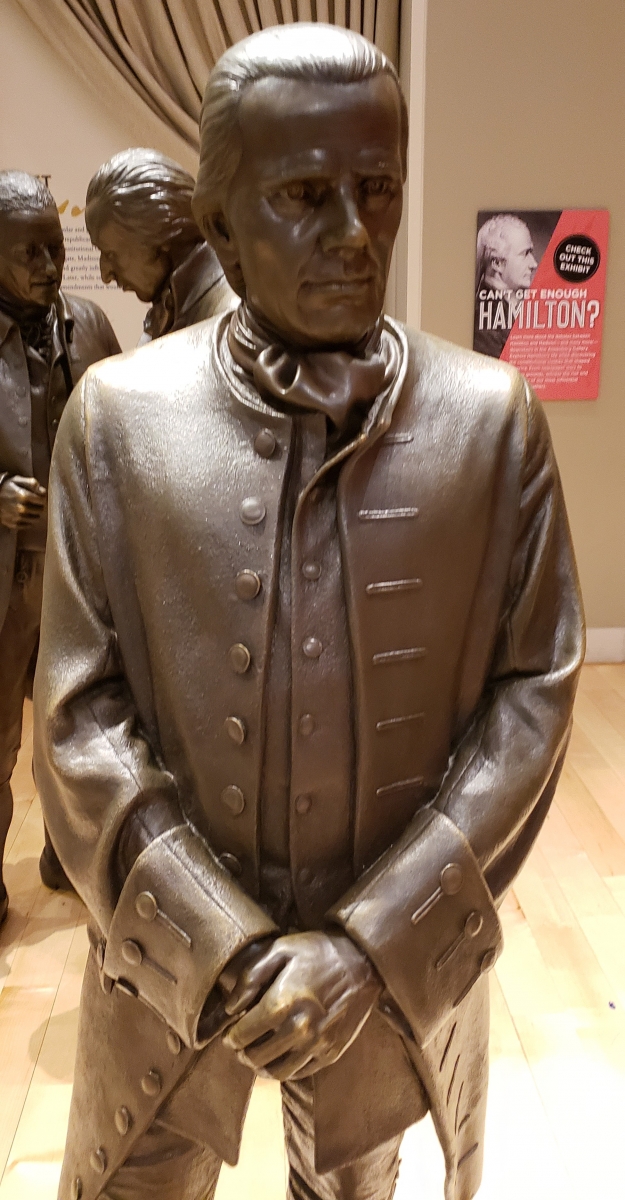
Slavery under the United States Constitution
Arguably the biggest issue throughout the Constitutional Convention involved slavery. The issue was so filled with controversy and tension that time and again major aspects of the debate were tabled and sent to smaller committees since there was a very real fear that disagreement on this topic could doom the entire Constitutional Convention. John Dickinson, a Quaker from Delaware, had once been Delaware’s largest slave holder, stepped forward. Like many Quakers, Dickinson's thinking eventually evolved to view slavery as a moral evil, and he had freed all of his slaves. Dickinson was the biggest opponent of slavery at the Constitutional Convention.
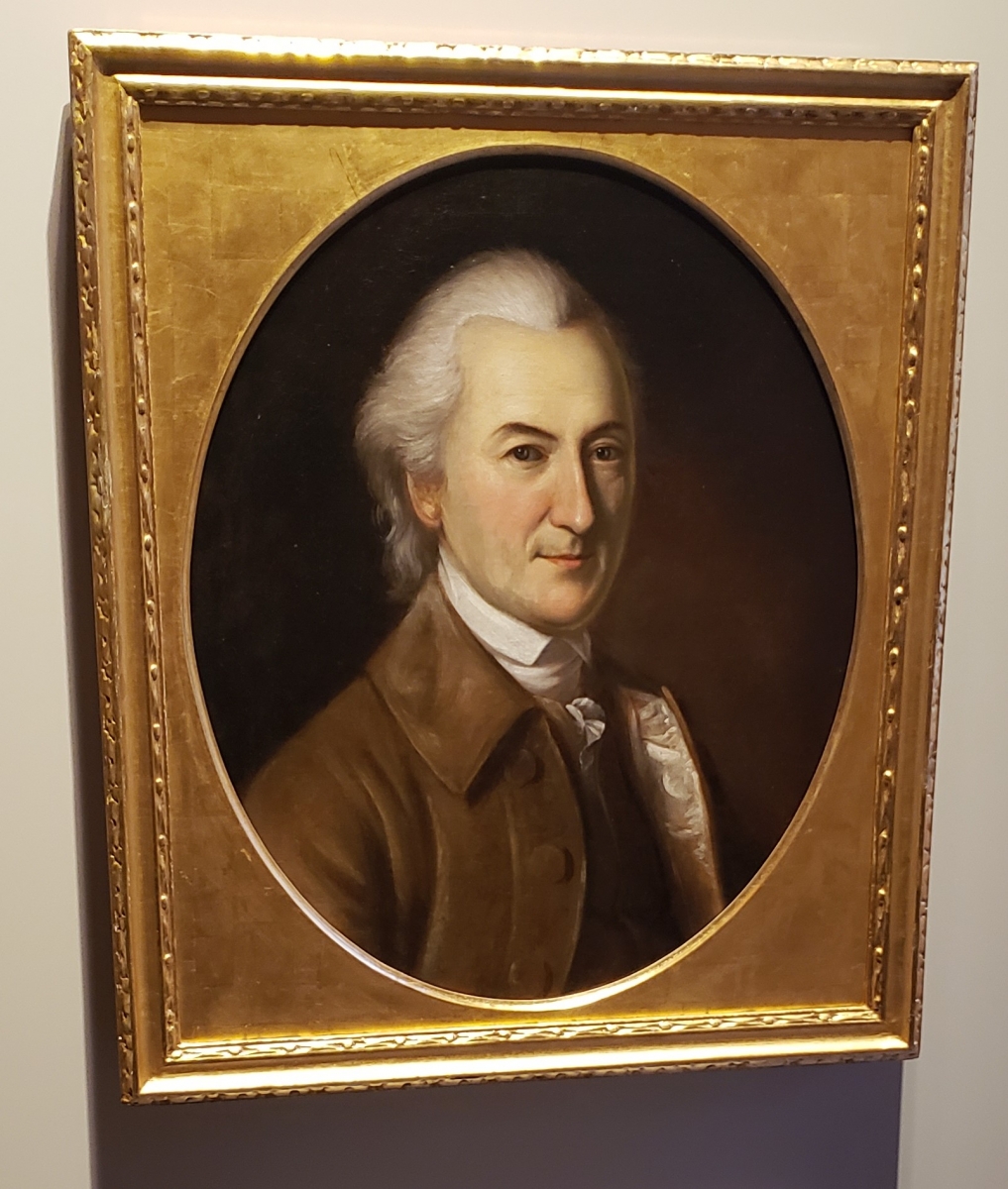
Dickinson was countered by a large contingent of the delegates to the Constitutional Convention who fought fiercely to protect slavery. Over a third of the Convention’s delegates were slaveholders, and by the time of the Constitutional Convention in 1787, approximately one-fifth of the 4 million people in America were enslaved. While slavery existed in every corner of the country at this time, over 90% of all slaves resided in the South, and the foundation of the southern economy was built upon the basis of "free" slave labor. The Southern delegates banded together and refused to accept any proposal that would threaten the existence of slavery.
Even after anti-slavery advocates conceded that slavery would not be outlawed, there still remained the question as to how slaves would be counted in each state’s population. The Constitutional Convention's delegates from the southern states with large slave populations contended that the slaves should be included in the population that determined representation, but that the slaves should be excluded from population counts that would determine taxation. Northern states argued the opposite.
The Three-Fifths Compromise
In the end, James Wilson of Pennsylvania would propose a compromise on the issue. In both the issue of apportionment and taxation, only 3 out of every 5 slaves would be counted toward a state's population. This Three-Fifths Compromise would give the Southern states greater representation than they would have had if slaves were not counted toward their population, but less representation than they would have had if each slave counted as a full person. This notorious compromise, while critical in allowing the Southern states and the Northern states to reach an agreement, was the subject of much controversy and derision until slavery was abolished. Following the Civil War, the Thirteenth Amendment abolished slavery on December 6, 1865, but after its passage many questions arose regarding the rights of former slaves. Adopted on July 9, 1868, the Fourteenth Amendment attempted to address some of these questions by guaranteeing citizenship for all born in the United States, including former slaves. Section 2 of the Fourteenth Amendment also finally superseded the Three-Fifths Compromise by stating that representation and taxation would be determined by "counting the whole number of persons in each State."
A Final Compromise at Last
The Constitutional Convention finally appeared to be reaching a conclusion in September of 1787. It was nearly four months since the Framers first had convened the Constitutional Convention in Philadelphia. Of the 55 delegates who had originally attended the start of the Constitutional Convention, only 39 remained who planned to sign the United States Constitution. At this point, Benjamin Franklin was 81 years old and in poor health, but nonetheless he was one of the 39 Founding Fathers who had spent the entire hot summer of 1787 trying to remake the American Government.
Franklin found himself frequently looking at the large ornate chair that George Washington sat in at the front of the room as the President of the convention. At the top of the chair, over Washington’s head, was a large half sun carved into the wood. Throughout the summer, Franklin wondered whether the craftsman who made the chair had intended for the half sun to represent a setting sun or a rising sun. But then, as the last members of the Constitutional Convention began to sign the Constitution, Franklin shared his optimism for America's future when he remarked,
“Now at length I have the happiness to know that it is a rising, and not a setting sun!”
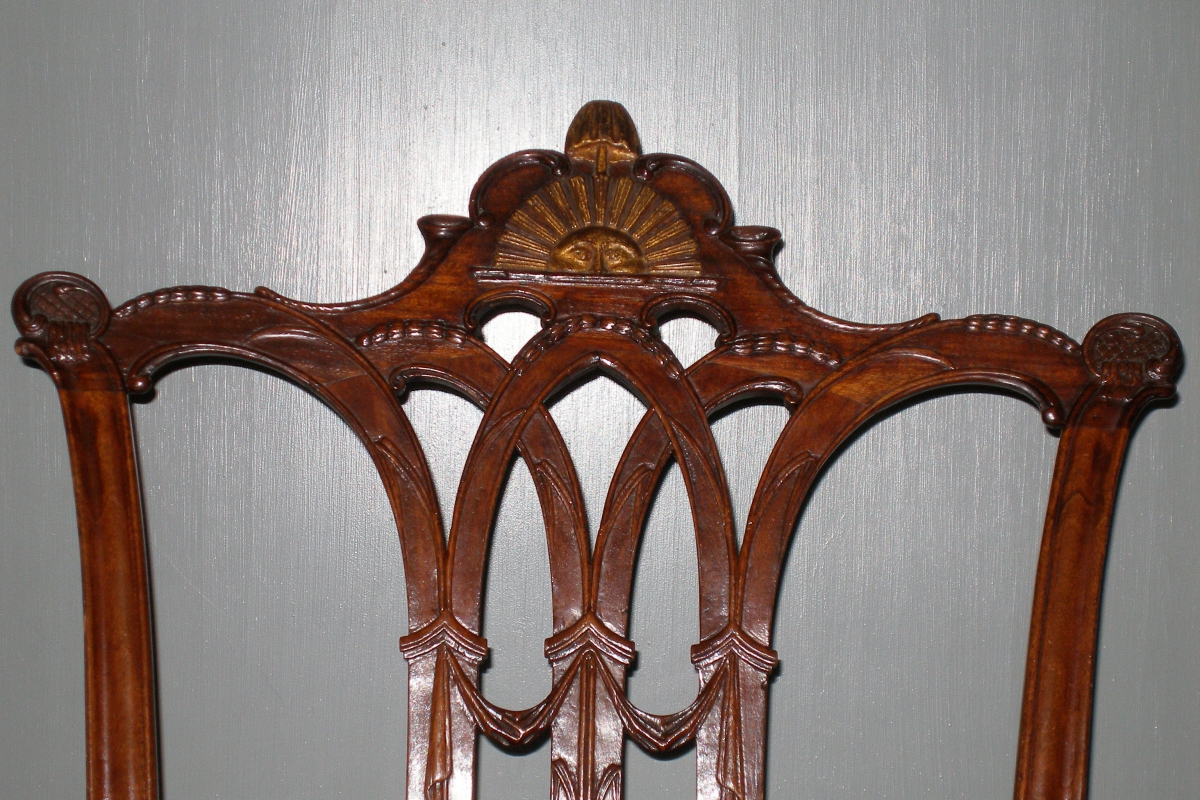
The Constitution of the United States would still need to go through the arduous process of being ratified by the states, and the Constitution would not go into go into effect until March of 1789, but the Constitutional Convention had achieved its task in creating a new Federal government to unite the states together. The Constitution has survived as a living and breathing document that has been amended numerous times, including at Congress Hall, which is immediately adjacent to Independence Hall. On December 15, 1791, the United States Congress was assembled at Congress Hall in Philadelphia when the first ten amendments to the Constitution of the United States were ratified, and these ten amendments are referred to as the "Bill of Rights".
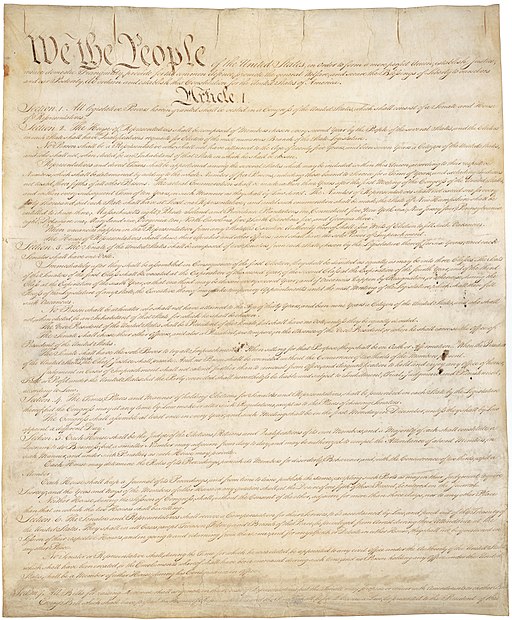
Signers of the United States Constitution
Connecticut
Delaware
Georgia
Maryland
Massachusetts
New Hampshire
New Jersey
New York
North Carolina
Pennsylvania
- George Clymer
- Thomas Fitzsimmons
- Benjamin Franklin
- Jared Ingersoll
- Thomas Mifflin
- Gouvernor Morris
- Robert Morris
- James Wilson
South Carolina
Virginia


